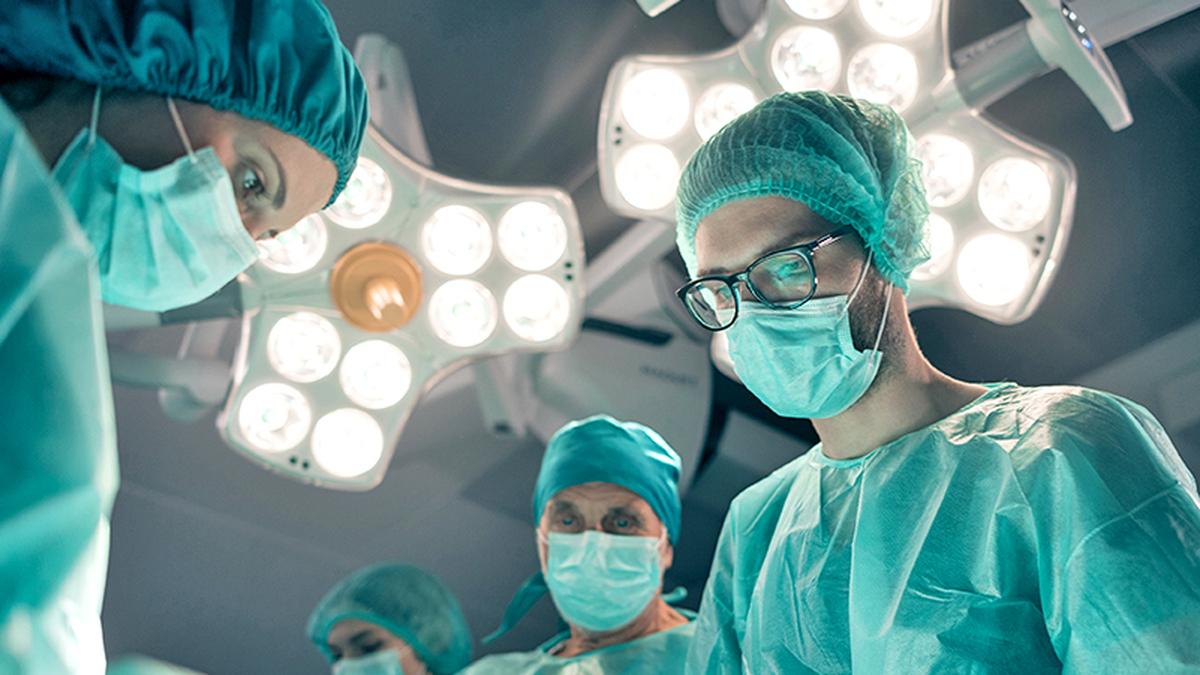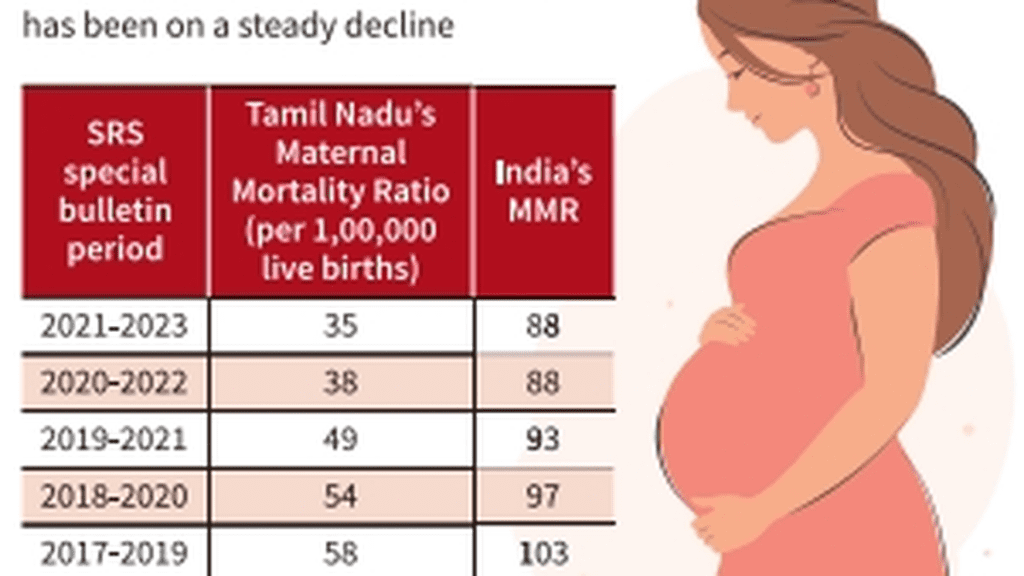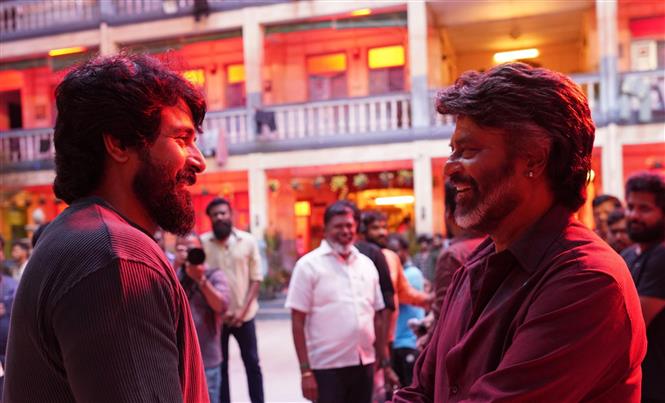Advances in bone marrow transplantation in India: a testament to progress and hope Premium

Advances in bone marrow transplantation in India: a testament to progress and hope Premium
Occasions such as World Bone Marrow Day offer an opportunity to celebrate medical advancements that save countless lives while raising awareness about the transformative power of bone marrow transplantation (BMT). Over the years, India has emerged as a significant player in this field, making remarkable strides in technology, infrastructure, and accessibility. We, at our hospital, have performed about 500 or more transplants including allogenic, autologous, mismatched, haplo, bloodless and mini transplants
Bone marrow transplantation involves replacing damaged or diseased bone marrow with healthy cells, often used to treat conditions such as leukaemia, lymphoma, aplastic anaemia, thalassemia, and certain immune disorders. BMT is broadly categorised into: Autologous Transplantation, where we use the patient’s own stem cells; and Allogeneic Transplantation where we use stem cells from a donor, often requiring precise matching of Human Leukocyte Antigens (HLA).
India has witnessed advancements in both categories of bone marrow transplants, catering to an increasing number of patients needing these life-saving procedures.
The first bone marrow transplant in India was performed in the 1980s. Limited infrastructure and the high cost of procedures meant that only a few centres offered this service. However, the dedication of pioneering medical professionals laid the groundwork for future advancements.
As a result, today, India boasts over 100 centres specialising in BMT, equipped with state-of-the-art facilities. Hospitals in cities including Bengaluru, Mumbai, Delhi, Chennai, and Hyderabad have become hubs for advanced treatments, offering world-class care at a fraction of the cost compared to Western nations.
There have been some key improvements that have enabled this kind of growth in the country. Firstly, improved donor registries have made a huge difference. A significant challenge in allogeneic transplants is finding a compatible donor. India’s burgeoning population presented both a challenge and an opportunity. Organisations such as DATRI and MDRI (Marrow Donor Registry India) have worked tirelessly to expand donor registries. With millions of registered donors, the probability of finding matches for Indian patients has increased significantly.
The development of haploidentical (half-matched) transplants has been a game-changer. It allows parents, children, or siblings to serve as donors, increasing the pool of potential matches. This innovation has been particularly beneficial in a country where finding unrelated donors is still a challenge.
Today, bloodless transplants too are possible, and the availability of growth factors has facilitated this. If you are wondering why this is significant, Jehovah’s Witness is a religious group whose members reject blood transfusions.
Another crucial factor is Reduced Intensity Conditioning (RIC) also called as Mini Transplants. Traditional BMT often required high-dose chemotherapy or radiation, which is taxing on patients, especially older individuals or those with comorbidities. Reduced intensity conditioning has made transplants safer and more feasible for a broader demographic.
India has also made progress in utilising umbilical cord blood as a source of stem cells. Cord blood banks have proliferated, offering an alternative for patients who cannot find a suitable bone marrow donor.
A significant portion of mortality and morbidity in allogenic transplantation is due to graft vs host disease which affects the skin, intestine, liver and antimicrobial immunity. The availability of new and advanced drug therapies and the usage of cellular therapy like mesenchymal cells and concentrated T-regulatory cells has revolutionised the treatment of this once-fatal complication. Most patients can be saved with these new approaches.
However, infections do remain a significant risk for BMT patients due to their immunocompromised state. Indian hospitals have adopted stringent infection control protocols, including specialised isolation units and advanced antimicrobial treatments, reducing post-transplant complications.
Emerging therapies such as CAR-T cell therapy and CRISPR gene editing hold promise for conditions such as leukaemia and thalassemia. While these are still in the nascent stages in India, research and trials are ongoing, paving the way for cutting-edge treatments.
Technology has been the cornerstone of advancements in BMT. From advanced HLA typing techniques to AI-driven algorithms that match donors with recipients, India has embraced innovation to enhance success rates. Telemedicine has also played a crucial role, allowing experts from urban centers to guide treatment in remote areas.
Despite all of these achievements, several hurdles remain: primary among them is donor awareness. While registries have grown, awareness about bone marrow donation remains limited. More educational campaigns are needed to dispel myths and encourage participation. It is also true that access to advanced BMT facilities is still concentrated in urban areas, leaving rural populations underserved.
Another issue that is of concern is long-term care for BMT patients, including monitoring for relapse and managing complications. All of these require further strengthening.
Clearly, greater investment in research is needed to make cutting-edge therapies like gene editing widely available.
Every success story in BMT is a testament to human resilience and scientific progress. From children cured of thalassemia to adults given a second chance at life after battling leukaemia, these stories inspire hope. They also underscore the importance of continuing advancements and making these life-saving procedures accessible to all.
It is now essential to reflect on the strides made in BMT and the path ahead. Collaborative efforts between the government, medical community, non-profits, and the private sector are crucial to overcoming existing challenges. Emphasis on research, donor awareness, and equitable healthcare access will ensure that India continues to be a beacon of hope for patients worldwide.
India’s journey in bone marrow transplantation is a remarkable example of how innovation, dedication, and collaboration can transform lives. Let us honour the pioneers in this field, support ongoing advancements, and renew our commitment to saving lives through this miraculous medical intervention. Together, we can ensure that bone marrow transplantation remains a ray of hope for countless individuals battling life-threatening diseases.
(Dr. Radheshyam Naik is Consultant Medical Oncologist and Hematologist and Bone Marrow Transplant Physician with Sammprada Hospital, Bengaluru. radheshyam_n@yahoo.com)










